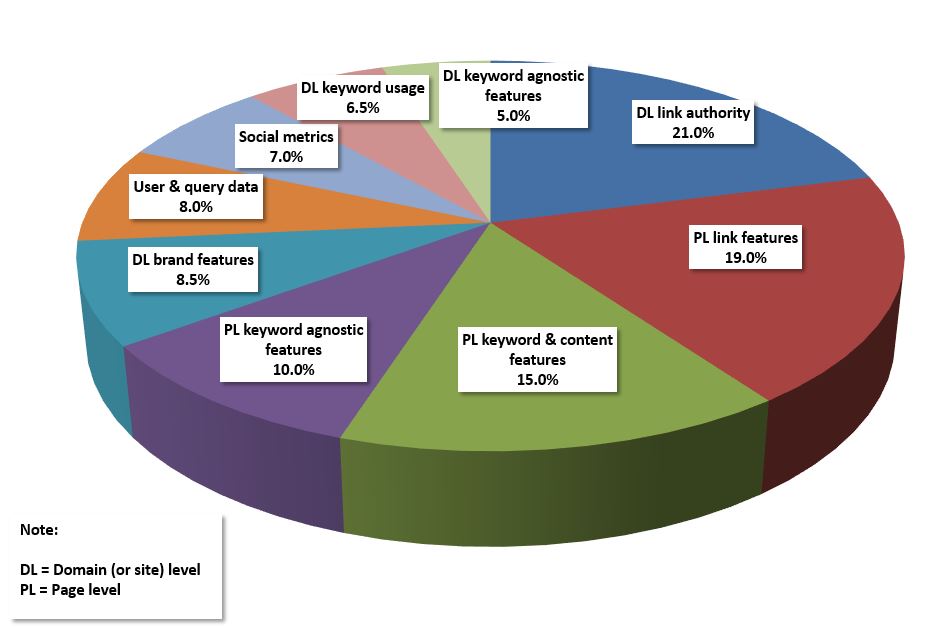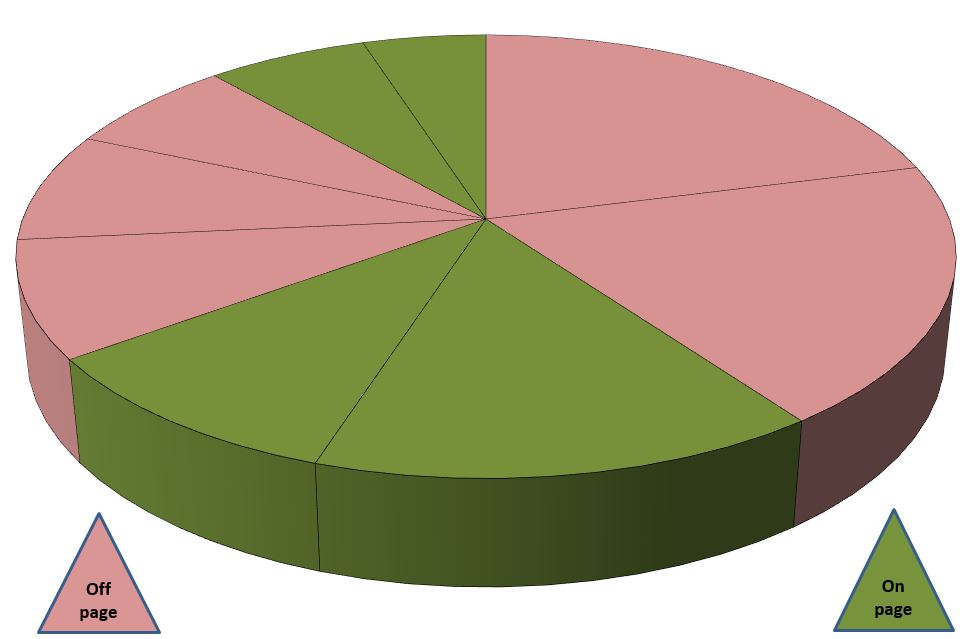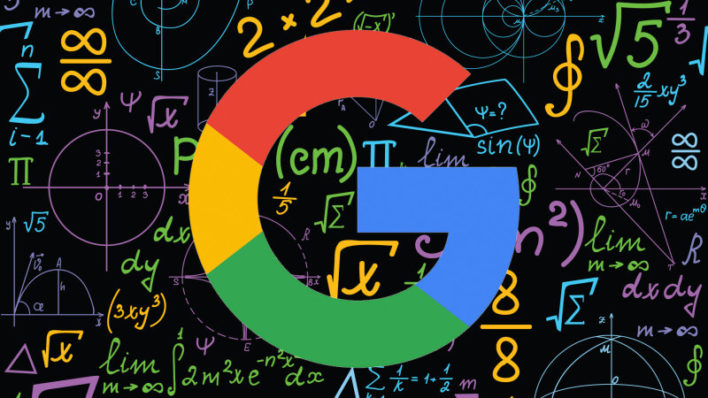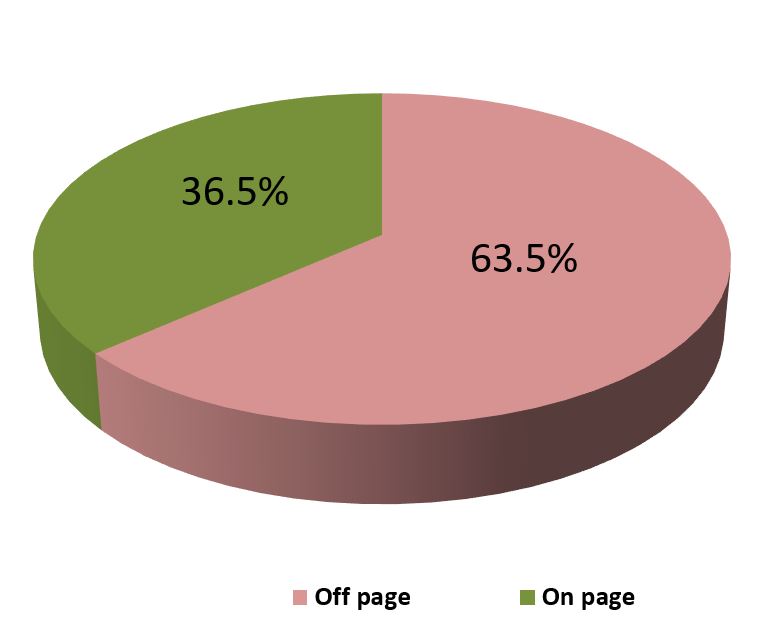Google’s ranking factors
In the last few posts I’ve been looking at what SEO is and how search engines work.
You’ll be glad to hear that we are now starting to turn our attention to how you can make search engines work for you.
Yep, it’s called SEO.
But don’t confuse SEO with Fight Club.
The first rule of Fight Club is that there are no established rules.
The first rule of SEO, however, is that there are so many rules and ranking factors that you may want throw the towel in before the bell for Round One has even rung!
SEO is much more like an onion.
There are so many layers to SEO that many people end in tears as they try to unravel its complexity.
If you feel like that: grab a hanky and dry your eyes.
Because SEO can be explained simply.
And this is what we’re doing here.
It’s also what my book Fast track SEO course does. It breaks everything down so you can munch on it in your own time.
What really helps you to rank?
Fortunately, we do have a good understanding of the sorts of things you can do to your website to help its pages rank for relevant searches.
Not an exact set of verifiable rules, but an understanding of what works.
And what doesn’t, of course.
More importantly, SEO experts have developed an understanding of the sorts of things you can do that will make the most impact on your search visibility.
We’ll start with a common misconception – and then we will bring out the SEO big hitters.
Your site is not as important to your SEO as you think it is!
Here’s the thing. (And you may not want to hear this but…)
It’s not all about you.
As important as your site itself is in securing that hallowed spot on Google’s first page, a lot of what matters is what takes place off your site.
SEO is all about building the authority of your site – and that means getting it noticed, talked about and linked to.
- What you do on your site is called on-page SEO.
- What you help make happen in the massive world beyond your site is called off-page SEO.
And it is always a good idea to create a lot of noises off if you want your SEO party to go with a bang rather than a whimper.
From BackRub to Google
It is no mistake that when Google’s founders Larry Page and Sergey Brin met at Stanford University in 1995 and started work on developing a search engine they named it BackRub. It was called this because it worked by analysing each site’s backlinks (i.e. links from other websites) to determine how important its content was.
And links from other sites are still crucial if you wish to rank.
Let’s try and classify Google’s ranking factors, shall we?
The SEO big hitters
Every couple of years 100 or so respected SEO experts sit down and try and put themselves in Google’s shoes.
No, this is not a Cinderella fantasy, but an attempt to assess what really matters to the search engine.
And, therefore, should matter to you.
It’s organised by MOz, a leading SEO agency, and its panel consists of the great and the good from SEO.
They group the ranking factors to help highlight exactly which sorts of factors make the most difference. But unfortunately the terminology used is rather esoteric .
Don’t worry I’m going to explain it all as we go.
First the easy ones.
Domain level (DL) means site level.
This is about your website as a whole.
Page level (PL) refers to things related to an individual page.
For example:
www.amazon.co.uk/black-friday-deals
www.amazon.co.uk [domain] /black-friday-deals [page]
Now let’s deal with the rest of those esoteric terms.
DL link authority
- The quantity and quality of links to a site from another site.
- A quality link comes from a site with authority.
- Google measures this by looking at how topically relevant the site is and how many other ‘authority’ sites link to it.
PL link features
- The quantity and quality of links to a page from other websites’ pages.
PL keyword & content features
- How important or central the keyword is to your page’s content and how relevant the rest of the content on your page is to it.
PL keyword agnostic features
- How comprehensive, readable and unique your content is.
- This also includes how quickly your content loads.
DL brand features
- Mentions of your domain or brand in press and other authoritative sources online.
User & query data
- How popular your website is and how many people clickthrough to it from search engines.
Social metrics
- The quantity and quality of tweets about your site, Facebook and LinkedIn shares and Google +1s etc.
DL keyword usage
- The use of keywords in your domain name.
DL keyword agnostic features
- This covers things like whether your top level domain (TLD) is, for example, a .co.uk or .net and whether your site has a valid SSL certificate.
OK. Got that?
Now let’s look at it as a chart.

So in descending order of importance we have:
DL link authority 21%
PL link features 19%
PL keyword & content features 15%
PL keyword agnostic features 10%
DL brand features 8.5%
User & query data 8%
Social metrics 7%
DL keyword usage 6.5%
DL keyword agnostic features 5%
In later posts I’m going to dwell a bit further on these ranking factors but for now I just want to draw out a couple of tasy morsels that may offer you food for thought.
Food for thought #1
You may have heard that, for instance, it is really important for plumbers to buy a domain like Plum-Plumbers.com.
(DL keyword agnostic features – 5%)
But this pales into insignificance next to getting your domain mentioned and talked about.
(DL brand features – 8.5%)
Food for thought #2
Similarly, even with the best plumbing content out there written for your site you have only taken care of a quarter of the most important ranking factors.
(PL keyword and content features – 15%) + (PL keyword agnostic features – 10%) = (Total – 25 %)
Without authoritative links to your page and domain your competitors could still easily secure 40% of the most important ranking factors and leave you heading for the sewers.
(DL link authority – 21%) + (PL link features – 19%) = (Total – 40%)
And finally some takeaway food for thought
The fact is too many people confuse SEO with doing something to their own site.
Let’s look again at the pie chart and try and simplify it. We’ll assign each group of factors according to whether they relate mainly to on-page or off-page SEO.

So, pink is off-page and green is on-page.
Now let’s rearrange our pieces to get a clearer picture.
Wow!
Off-page accounts for two-thirds of the ranking factors’ SEO clout.
That’s something to keep in mind when you work hard on your site, hit publish and leave it at that: you’ve only done a third of the work.
The most significant thing that will affect your website is how it is talked about, referred to and linked to by other sites and people online.
Maybe it’s time you got out more?
Find out more
• You can study the exact order of importance assigned to each ranking factor in the latest Moz survey here.
• Find out how you can assess a site’s authority – and the authority of each page on it – here.
• If you want to know how the percentages were arrived at in the ranking pie chart a full explanation is given in this easy-to-watch video here.
• Find out what Brian Dean reckons the 200 ranking factors are here and read Gianluca Fiorelli’s spirited dismissal of their existence here.
If you are looking for more insight into SEO this post is part of a series. Keep your eyes peeled for the next one or feed your mind with the complete Fast track SEO course, available at Amazon.


